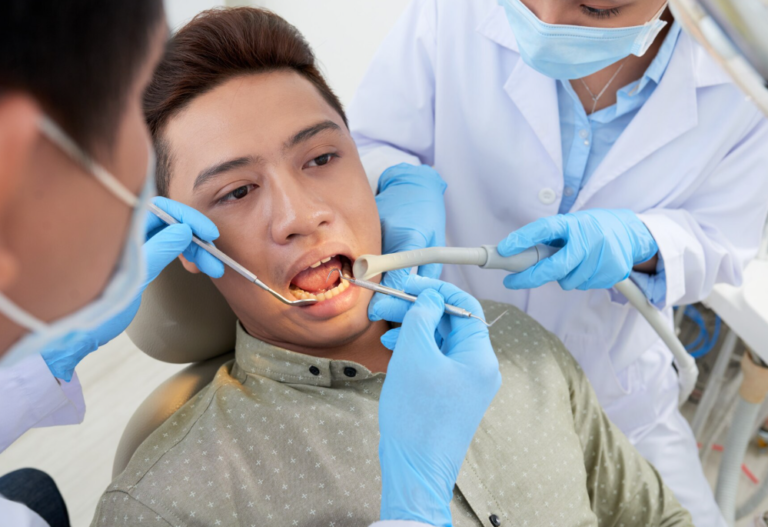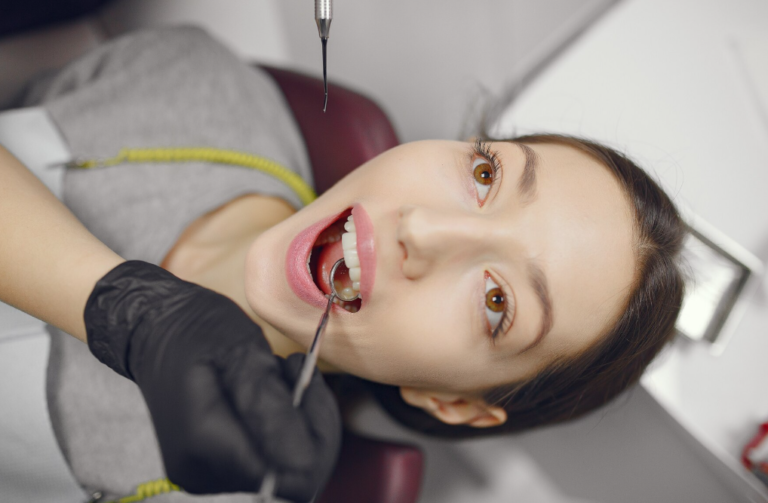Tattoo removal: Can it be scar free and how realistic is that?

You want the ink gone, not traded for a new problem. The honest answer is encouraging: with modern methods, scar free outcomes are common but never automatic. Whether tattoo verwijderen leaves your skin looking calm and even depends on three things working in sync: the biology of your skin, the technique and technology used, and the way recovery is managed between sessions. At NDN.LASER, we plan around all three so you’re not relying on luck.
The five factors that most influence a scar free finish
Skin type (Fitzpatrick I–VI). Higher melanin skin absorbs more light, so we prioritize deeper penetrating wavelengths and conservative energy ramps. This keeps surface heat low and tone even. Ink colour and density. Dense black clears differently from composite reds or greens. Matching wavelength to pigment avoids “overcooking” areas that won’t respond to the wrong light. Placement and circulation. Shoulders and upper back usually recover faster than ankles, hands, and feet. We adjust intervals accordingly. Intervals and pacing. Clearance happens between visits as your immune system carries away fragments. Rushing stacks irritation without extra benefit. Aftercare and sun control. UV is the number one driver of unwanted pigment change after tattoo removal. Sun discipline protects results more than any cream ever could.
Technology helps but only when it’s used deliberately
You’ll hear about picosecond vs. nanosecond devices. Both can be excellent when used for the right job. Picosecond pulses create a stronger photoacoustic effect with less thermal spread useful for dense, layered pigment or long standing cover ups. Nanosecond platforms remain versatile workhorses for broader passes. The point isn’t to pick a team; it’s to match the pulse domain and wavelength to your ink and skin on that day. In practice, the most efficient and gentlest tattoo removal often blends them over the course. Equally important are beam profile, spot size, and cooling. Uniform beams distribute energy evenly; larger, collimated spots carry energy deeper with less scatter; robust contact or air cooling shields the epidermis. These details don’t just make sessions more comfortable they widen your safety margin.
See also: How Mental Stimulation Supports Your Dog’s Health
What a scar minimising protocol looks like
Before we treat, we map your skin and ink under fixed lighting, document colours and saturation, and run a small test spot. The test readout immediate whitening (“frosting”), early fade at 2-3 weeks, comfort guides your first full pass. That data first approach keeps tattoo removal predictable. Session spacing typically lands at 6-10 weeks for most body sites (sometimes longer for ankles, hands, or deeper skin tones). Early rounds deliver the obvious fade; later rounds chase residual colour. We don’t simply repeat last time’s recipe. We adjust fluence, spot size, or wavelength when the photos say it’s time, not because the calendar flipped.

What treatment actually feels like
Expect quick, hot “snaps,” followed by cooling that settles the surface. Short lived frosting, pinpoint swelling, or warmth are normal and fade within hours to a couple of days. With steady cooling and measured settings, most people find sessions very manageable. If needed, topical anaesthetic can take the edge off; good planning keeps comfort predictable from start to finish of your tattoo removal series.
How NDN.LASER keeps the odds in your favour
We put evidence ahead of assumptions. Every visit includes fixed light photography and parameter notes, so you can see not just feel what changed. We stage wavelengths for multicolour pieces (1064 nm for blacks/navies, 532 nm for reds/oranges, 755 nm for greens/teals), and we switch pulse domains only when the ink and your photos say it’s useful. On higher melanin skin, we prioritize 1064 nm, longer pulse widths where appropriate, and stricter spacing. It’s tattoo removal designed around your biology, not a machine demo.
So can you finish without scars?
In the vast majority of modern cases, yes. Scar free outcomes are the norm when the plan respects your skin type, the technology is used deliberately, and recovery is protected. The more reactive the pigment (think melasma like behaviour) or the trickier the placement (ankles, hands), the more valuable pacing and sun discipline become. If a clinic promises “one and done,” be cautious; if a clinic explains parameters, intervals, and contingencies, you’re in safer hands.
The bottom line
Scar free tattoo removal isn’t wishful thinking it’s the product of matching wavelength and pulse to your pigment, spacing sessions so biology can finish the job, and guarding recovery like the result depends on it (because it does). If you’d like a plan that balances speed with skin quality, book a consult with NDN.LASER. We’ll map your ink and skin, agree on milestones, and guide you from the first test spot to a finish that looks good in photos and even better up close.
More information about our services can be found directly at NDN.LASER





